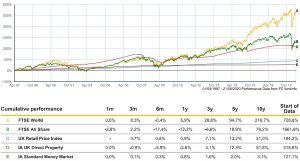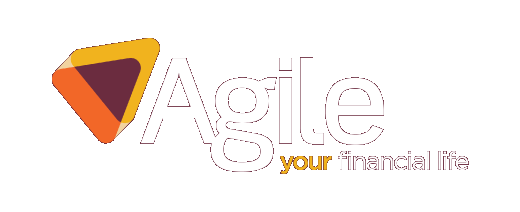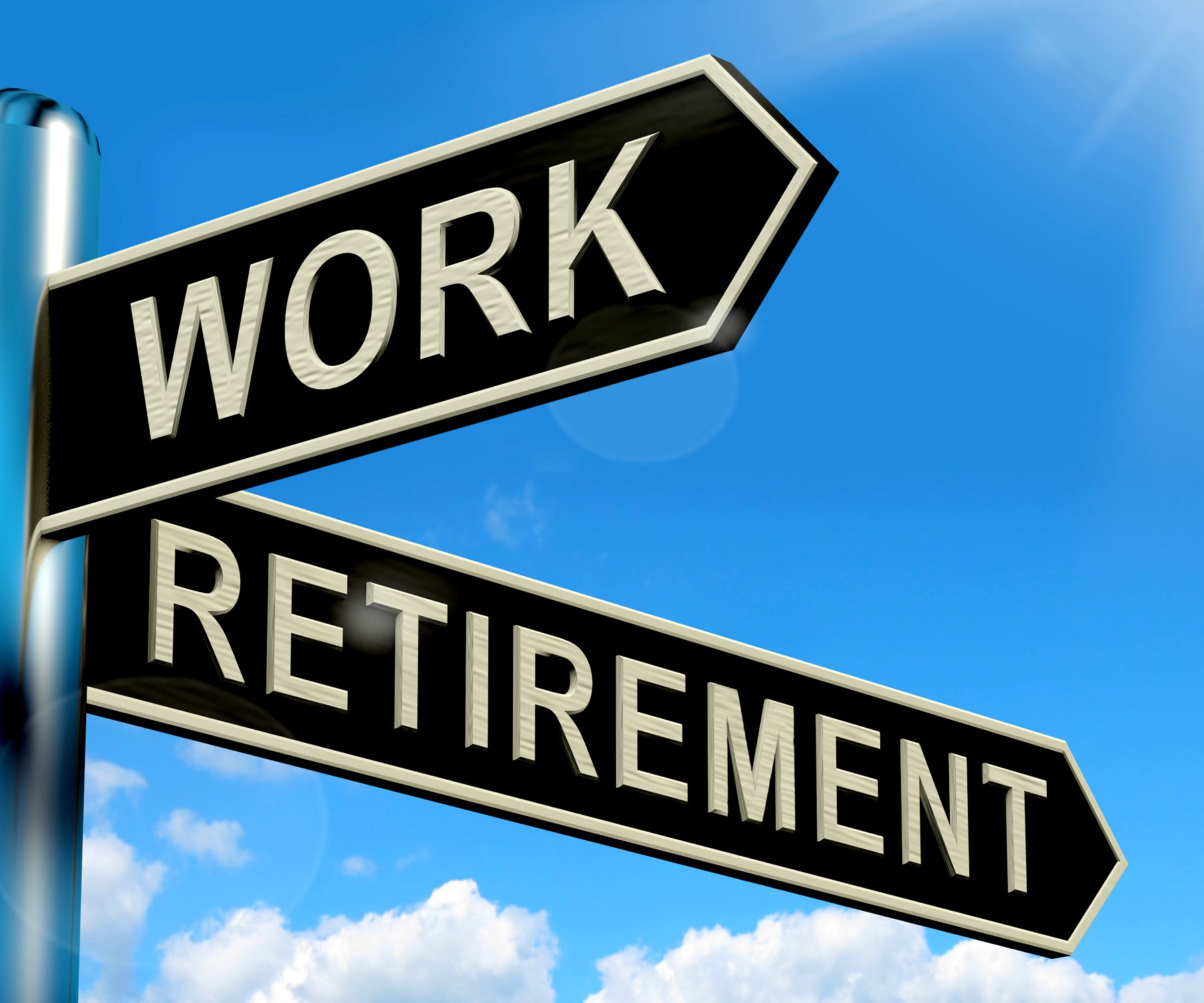A common saying in financial planning is “it’s about time in the markets, not timing the markets.” But why is this?
When investments start to fall I often take calls from clients who are rightly worried and want to try and time the market. Some reassurance on how markets operate can often put their mind at rest. In this post I’ll take a look at why timing the market is something I would rarely recommend.

The ups and downs
Markets carry a lot of unknowns.
While steep falls can be unnerving, it’s important to bear in mind that ups and downs are actually a good thing. Short-term volatility is the price you must pay for the chance of higher long-term returns. Extremely low volatility is worrying – it often suggests investors are being complacent.
Short-term market movements are often the result of changes in sentiment – how investors feel about the stock market. You need a crystal ball to predict this! Particularly recently, we’ve seen volatility on a daily basis.
This is in contrast to long-term market movements, which are the result of changes to companies’ fundamental worth. This is more predictable.
What is timing the market?
Nobody I’ve ever met wants to lose money, so it’s natural to feel uneasy when markets move significantly. This is why some people suggest trying to time the market.
Timing the markets involves trying to second-guess the ups and downs in the hope that you will buy when prices are low and sell when they are high. This can be lucrative if you get it right consistently, but this is very difficult to do. Getting it wrong means locking in losses and missing out on gains and I rarely find this strategy goes well.
Selling out of volatile markets
Some people prefer to sit out during periods of volatility, waiting for conditions to improve. This could be by selling all of your investments or holding back from investing new money. I’ve had more requests for this, particularly political issues such as Brexit or the Covid-19 pandemic causing stock market volatility. I don’t believe this is a good idea for most people. Here’s why…
Missing the best days when timing the market
Not only is timing the market difficult to get right, it also poses the risk of missing the ‘good’ days when share prices increase significantly. Historically, many of the best days for stock markets have occurred during periods of extreme volatility and straight after falls.
Anybody who pulls money out in the early stages of a volatile period and particularly after a fall could miss these good days and will be locking in losses. For instance, between May 2008 and February 2009 in the depths of the global financial crisis the MSCI World index dropped by -30.4%. By the end of 2009 it had bounced back +40.8%.
The risk of inflation when timing the market
Inflation is a risk when keeping your money out of the stock market. It’s power can be seen in the steady increase in the price of goods – from a pint of milk to a brand new car.
When your money is kept in cash, it will not keep pace with inflation. You won’t lose money on paper, but you’ll actually be losing in ‘real’ terms via a loss of spending power. Investing money outside of cash has the potential to outpace inflation and give you a ‘real’ return over the long term.
‘Time in’ the market is important
“The best time to plant a tree was 20 years ago. The second best time is now.” Chinese Proverb
The quote above also rings true for investments. Instead of trying to time the market, spending more ‘time in’ the market is likely to give you better returns over the long term. At Agile, our investment decisions are based on what works long-term, rather than short-term market noise.
This does mean experiencing the ‘rough with the smooth’, but markets and wider economies have a tendency to go up over time. This applies to everything from share prices to the price of goods.
The following chart shows the long term performance of the FTSE World Index, FTSE All Share Index (UK), UK Retail Prices Index and money market cash. Look around you right now, I guarantee that you are surrounded by products of companies who’s shares will be found in some of your pensions and investments. It might not be surprising, therefore, that global shares have been the better performer. This of course cannot be guaranteed to happen again in the future.

The chance of losses reduces over long periods of time
Although the past can’t be taken as a reliable indicator of the future, investing for longer periods of time decreases the chance of overall losses. On top of this, it suggests that short-term stock market volatility tends to cancel itself out over longer periods of time. This gives the possibility of more consistent long-term returns.
Compounding is your friend!
“Compound interest is the eighth wonder of the world. He who understands it, earns it; he who doesn’t, pays it.” Albert Einstein
One of the reasons that long-term investing has the potential to deliver such great returns is the power of compounding. It’s essentially the snowballing effect of your returns generating more returns over time.
It is mainly seen through the reinvestment of dividend payments into more shares – to subsequently receive more dividend payments and buy even more shares. However, you can also see its effect when companies reinvest their profits in advertising, more staff or better services and subsequently see their profits increase.
How we invest at Agile…
I believe in the power of investing for the long term, and the key aspects of the investment philosophy are that we…
- Take the long view, analysing the long term fundamentals. Timing the market is something we refuse to get involved in!
- Use our investment committee to set asset allocations aligned to our clients view on risk.
- Independently research the market to find the leading fund managers and review these constantly.
- Look to find our investors real returns, bearing in mind effects of inflation, fees and tax.
- Don’t let emotions, cognitive bias or short term noise cloud our judgments.
- Believe in designing portfolios that have the highest potential returns for a given level of risk.
- Find the level of risk that clients are comfortable with, we will never encourage more than is necessary.
If you would like to understand more about how we manage our investments and how we may be able to help you create a long term investment strategy then please get in touch. Alternatively, I’m always happy to give an opinion on how you have things set up. Our initial discussions are completely free, but may just result in a strategy that can stand the test of time!
Thanks for reading!
Chris @ Agile





